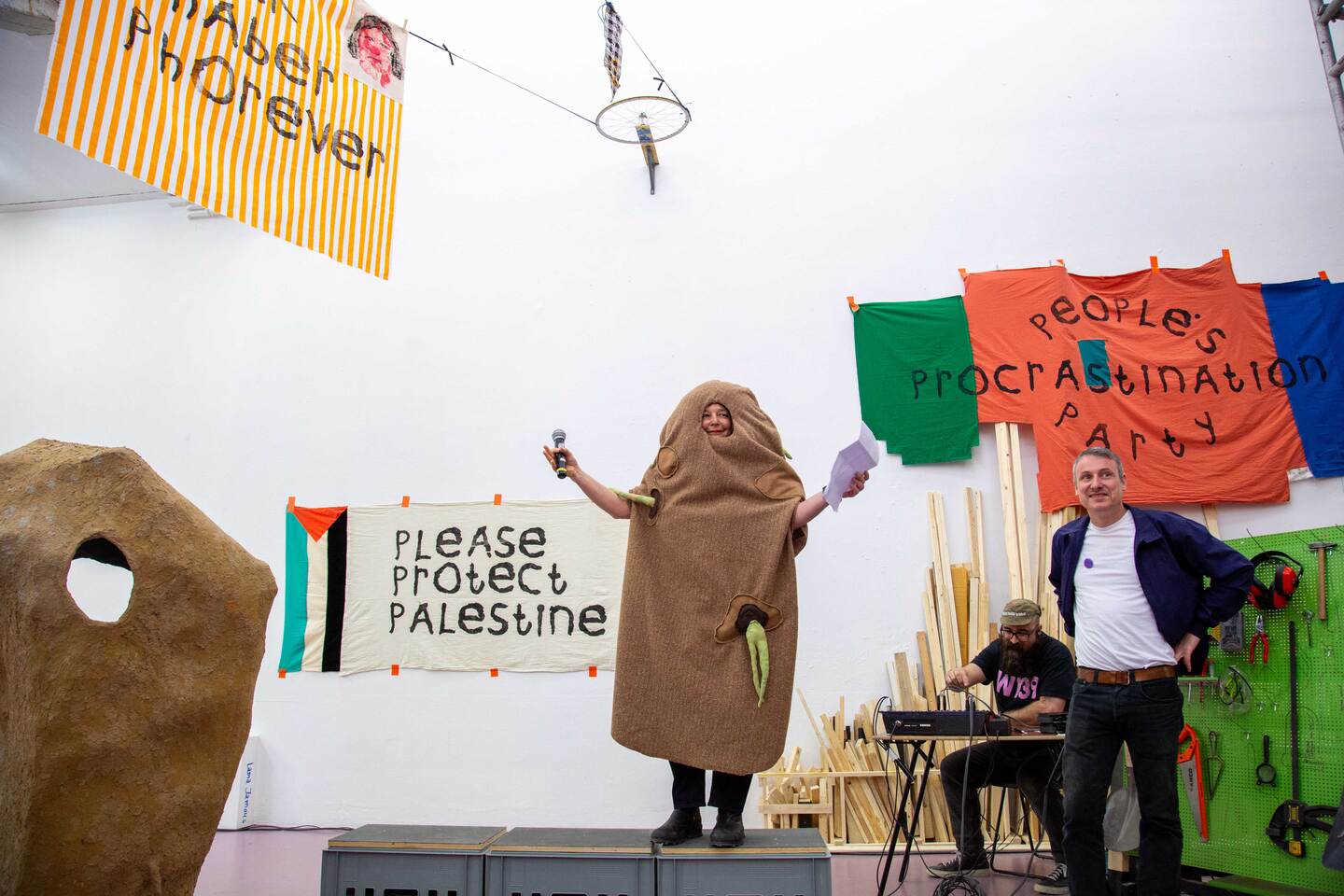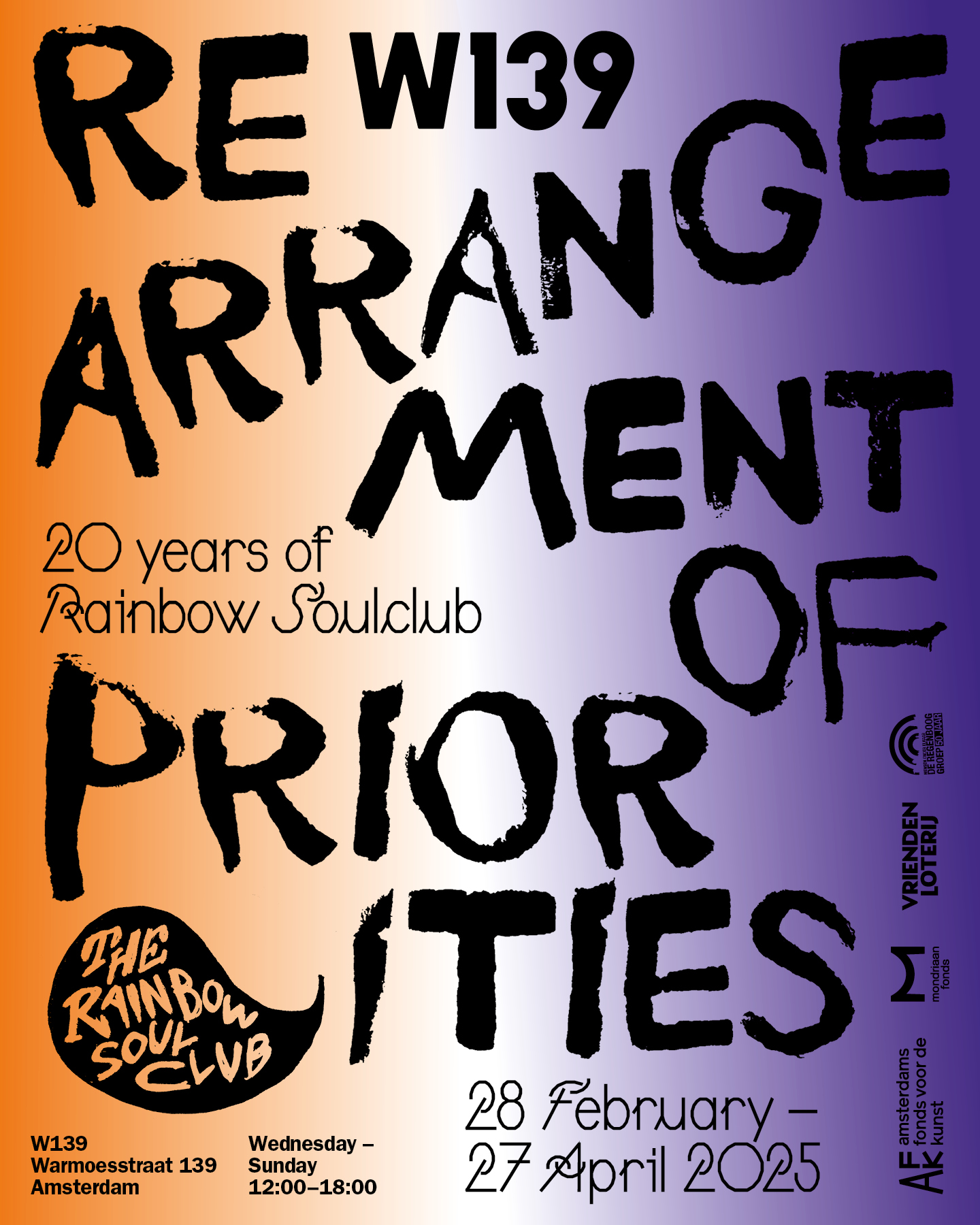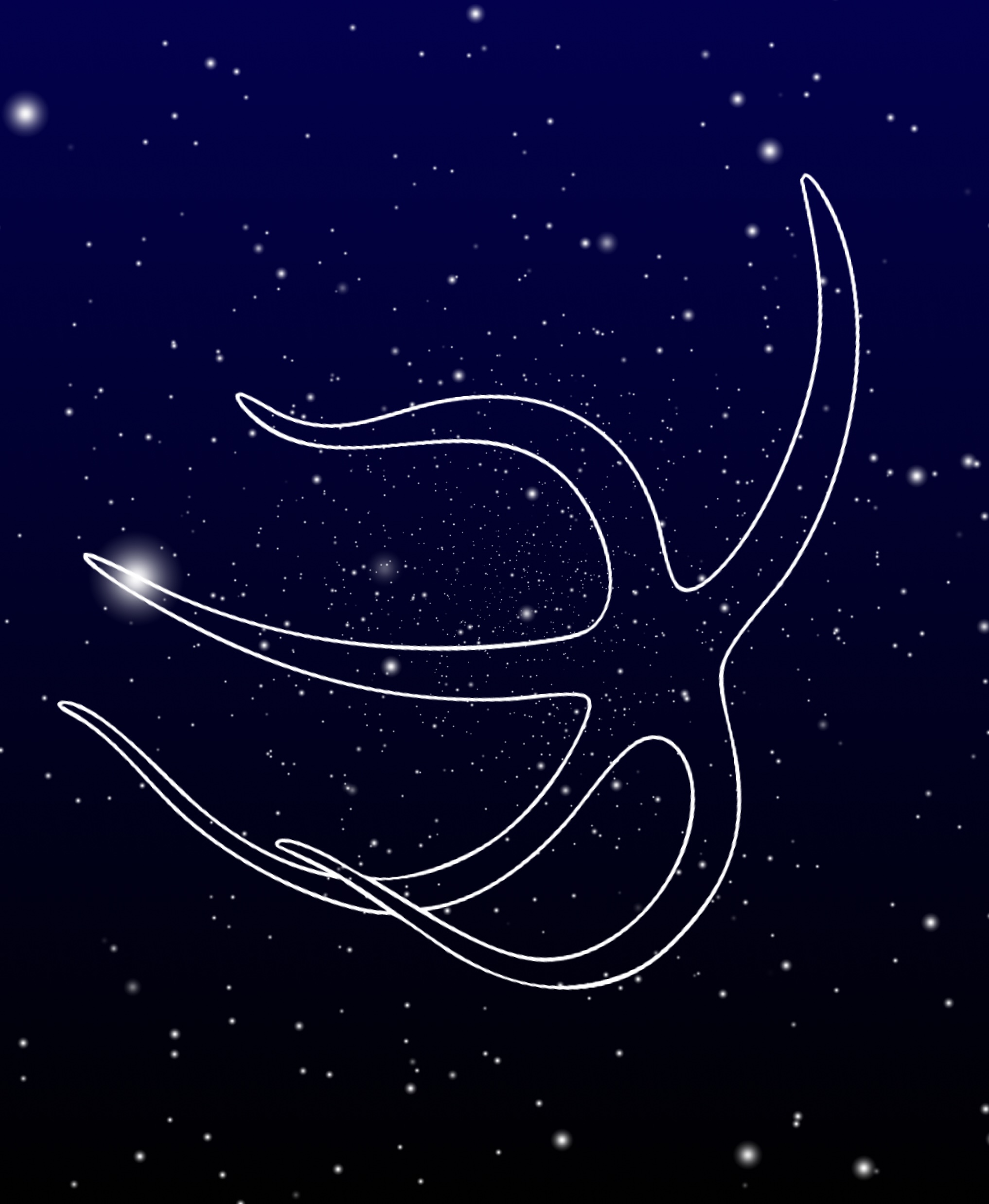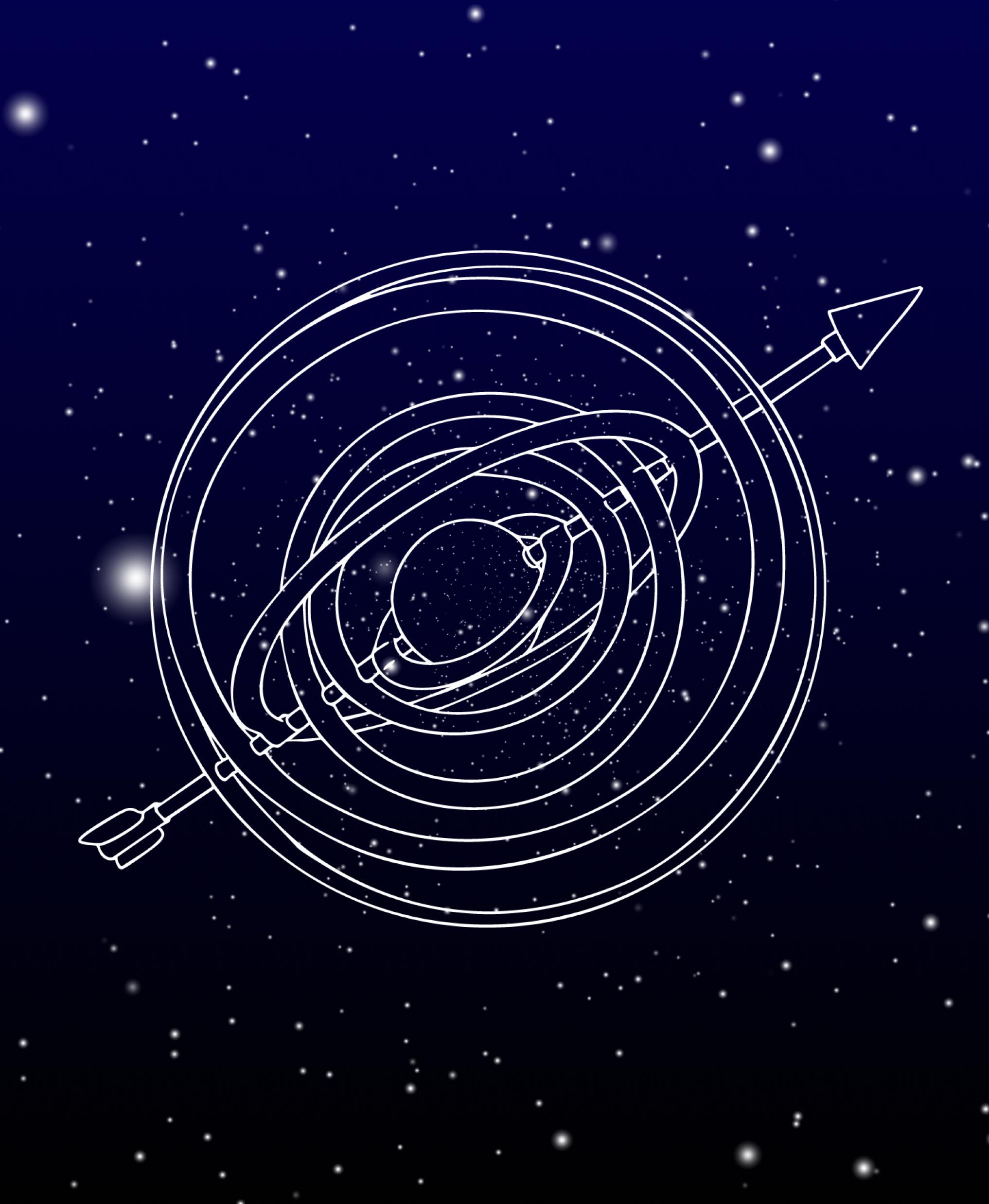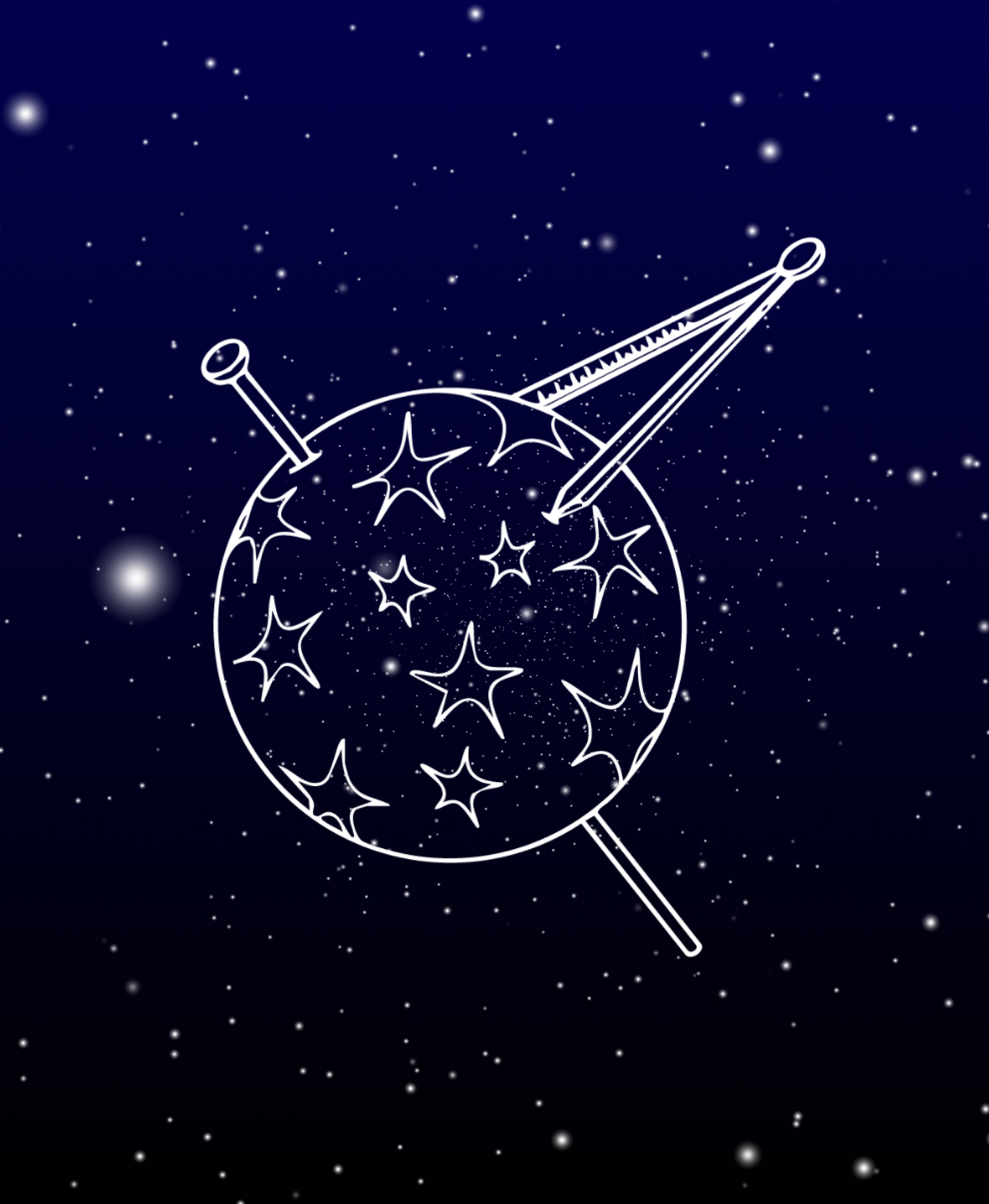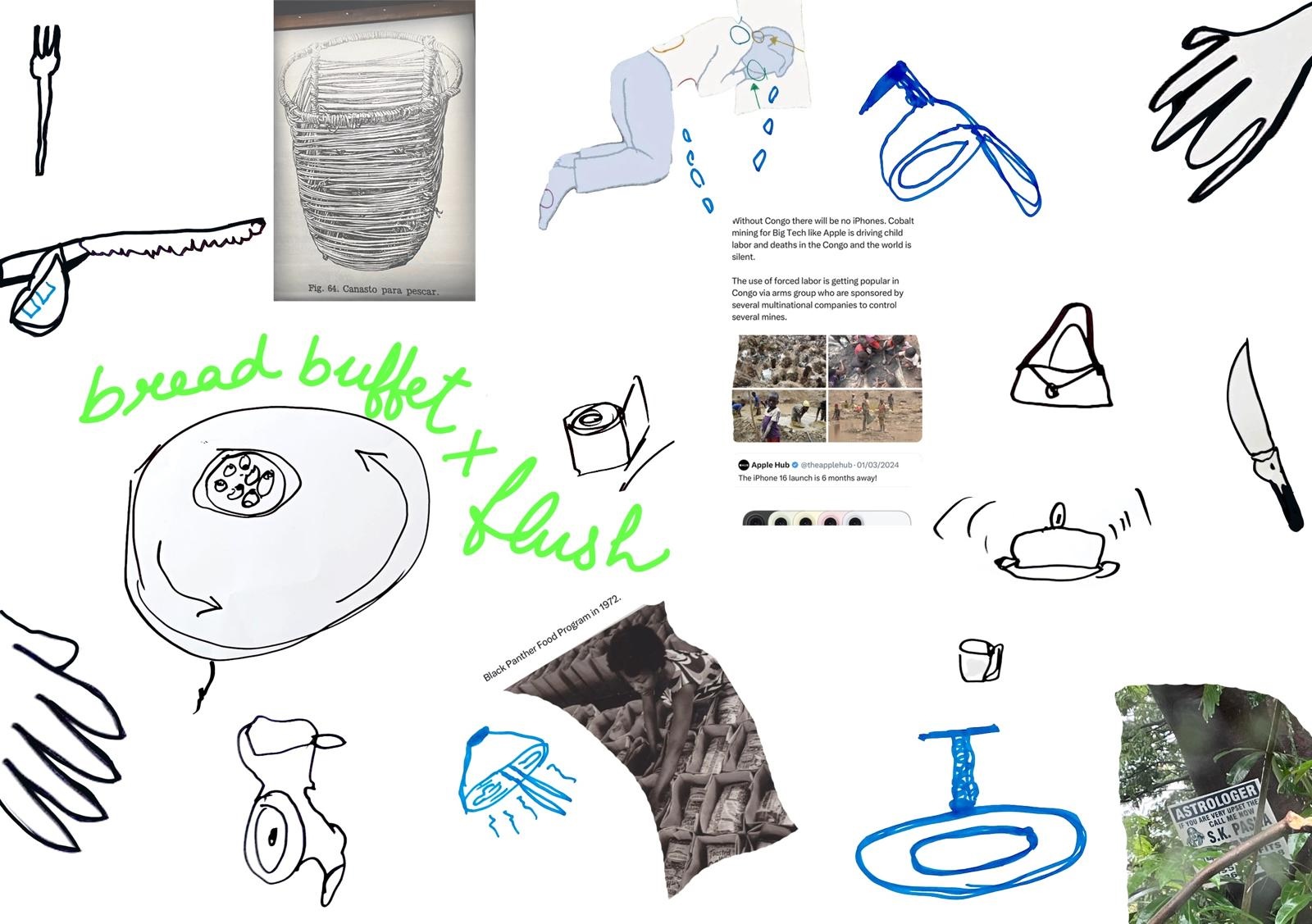Sinds maart 2024 organiseert Buro Stedelijk de maandelijkse leesgroep over speculatieve fictie Goddess Change, geïnitieerd door kunstenaars Anna Hoetjes en Müge Yılmaz, die tevens Taking Root Among the Stars hebben geïnitieerd. In het verlengde van deze tentoonstelling bij W139 organiseert Buro Stedelijk een filmavond met films die het rijk van kwantumfysica verkennen, als kader om alternatieve sociale realiteiten, relaties tot tijd, alternatieve toekomsten en gemeenschappelijke relaties met de natuur voor te stellen.
Het programma begint met The Nation Estate van Larissa Sansour, een korte sci-fi film van 9 minuten en een fotoserie, die een klinisch dystopisch maar ook humoristisch beeld schetsen van de impasse in het Midden-Oosten. Met een mix van computer-gegenereerde beelden, live acteurs en een arabeske elektronica-soundtrack verkent The Nation Estate een verticale oplossing voor een Palestijnse staat, namelijk in de vorm van een wolkenkrabber: The Nation Estate. Eén kolossale hoogbouw huisvest de gehele Palestijnse bevolking – die nu eindelijk leven op grote hoogte.
Tres Lunas más Abajo (Drie Manen Lager) van Patricia Domínguez zal zijn Nederlandse première maken als onderdeel van dit filmprogramma. Tres Lunas más Abajo is een spi-fi (spiritual fiction), een filmische verkenning die spirituele en kwantumwerelden doorkruist. In een fictieve universum versmelten de natuurkundige experimenten van CERN en de astronomische observatoria in de Atacama-woestijn met oude rotstekeningen. Hierdoor ontstaan portalen die de protagonist van de film en haar robot-vogel transporteren door buitenaardse realiteiten, waarin ze mystieke wezens ontmoeten en hemelse antennes en deeltjesdetectoren verzamelen.
Domínguez’ persoonlijke, futuristische en onwereldse beelden zijn gebaseerd op uitgebreid onderzoek, dat zich uitstrekt van experimentele locaties tot studies in etnobotanie en Zuid-Amerikaanse spirituele praktijken op het gebied van plantengenezing. In het hart van hun zoektocht staat een wens om zorg te dragen voor je eigen verstrengelde deeltjes. De protagonist denkt na over de aard van haar verstrengeling en of deze zou kunnen ontstaan met een machine, een gewonde vogel of zelfs een ster in het verre Andromeda-stelsel. De film verkent het verlangen om te voelen, te ervaren en te leren door deze verstrengelingen, en biedt een wereldvisie waarin alles met elkaar verbonden is in één kosmische knoop. Tres Lunas más Abajo combineert voorouderlijke kennis met hedendaagse wetenschap, en biedt inzicht in het universum verder dan het tastbare en zichtbare. De film is een pleidooi voor het vormen van verbindingen tussen alle levende wezens, machines en andere entiteiten, om duurzamere manieren van bestaan te ontwikkelen.
De tweede film in het programma is een werk van Black Quantum Futurism dat de Time Zone Protocols (TZP) Surveyors Group documenteert, en een samenvatting geeft van thema’s die besproken werden en de verkenningen die plaatsvonden. In de aanloop naar de Prime Meridian Unconference riep Black Quantum Futurism de TZP Surveyors Discussion Group bijeen. 21 personen kwamen verschillende keren bijeen om TZP-materiaal te onderzoeken en bespreken. Hieronder valt een archief van lezingen, beelden, geluiden en video’s over tijdzones, tijd, temporaliteit, de nulmeridiaan, temporele onderdrukking zoals ervaren door Zwarte gemeenschappen, en sociale, politieke en culturele concepten van tijd en temporaliteit. De discussie concentreerde zich op nieuwe manieren om onze relaties met ruimte en tijd te begrijpen, door gebruik te maken van specifieke sociale, geografische en culturele kaders die afwijken van koloniale lineariteit. Deze kaders veranderen de normen en protocollen van tijd die Zwarte mensen afsluiten van het verleden en de toekomst, vastzetten in een beperkt temporeel heden.
Locatie: Buro Stedelijk — Ingang via Paulus Potterstraat 13
Gratis toegang met ticket — reserveer je ticket hier
Bios
Larissa Sansour is een Palestijnse kunstenaar en regisseur. Centraal in haar werk staat de push en pull tussen fictie en realiteit. In haar recente werk gebruikt ze sciencefiction om sociale en politieke kwesties aan te kaarten. Sansour werkt voornamelijk met film, maar maakt ook installaties, foto’s en sculpturen. Sansour woont en werkt in Londen.
Patricia Domínguez, geboren in 1984 in Santiago, Chili, is kunstenares, organisch technologe en verdediger van de aarde, gevestigd in Puchuncaví, Chili. Ze doet experimenteel onderzoek naar etnobotanie, extractivisme en genezingspraktijken en richt zich in haar werk op het traceren van digitale en spirituele relaties tussen levende soorten in een steeds meer gemeenschappelijke kosmos. Diep verbonden met de aarde biedt ze een poëtische visie op het hedendaagse leven. Ze is tevens oprichter van Studio Vegetalista, een experimenteel platform voor etnobotanisch onderzoek.
Black Quantum Futurism is een interdisciplinair creatief project dat in 2014 werd opgericht door Camae Ayewa en Rasheedah Phillips waarin kwantumfysica, Afrofuturisme en Afrodiasporische ideeën over tijd, ruimte, ritueel en geluid met elkaar verweven worden. Ze creëren praktische middelen om te ontsnappen aan negatieve lussen van tijd, vortexen van onderdrukking en de digitale matrix. Door het verleden, lokale geschiedenissen en herinneringen te activeren, ontwikkelen ze nieuwe visies op de toekomst.
